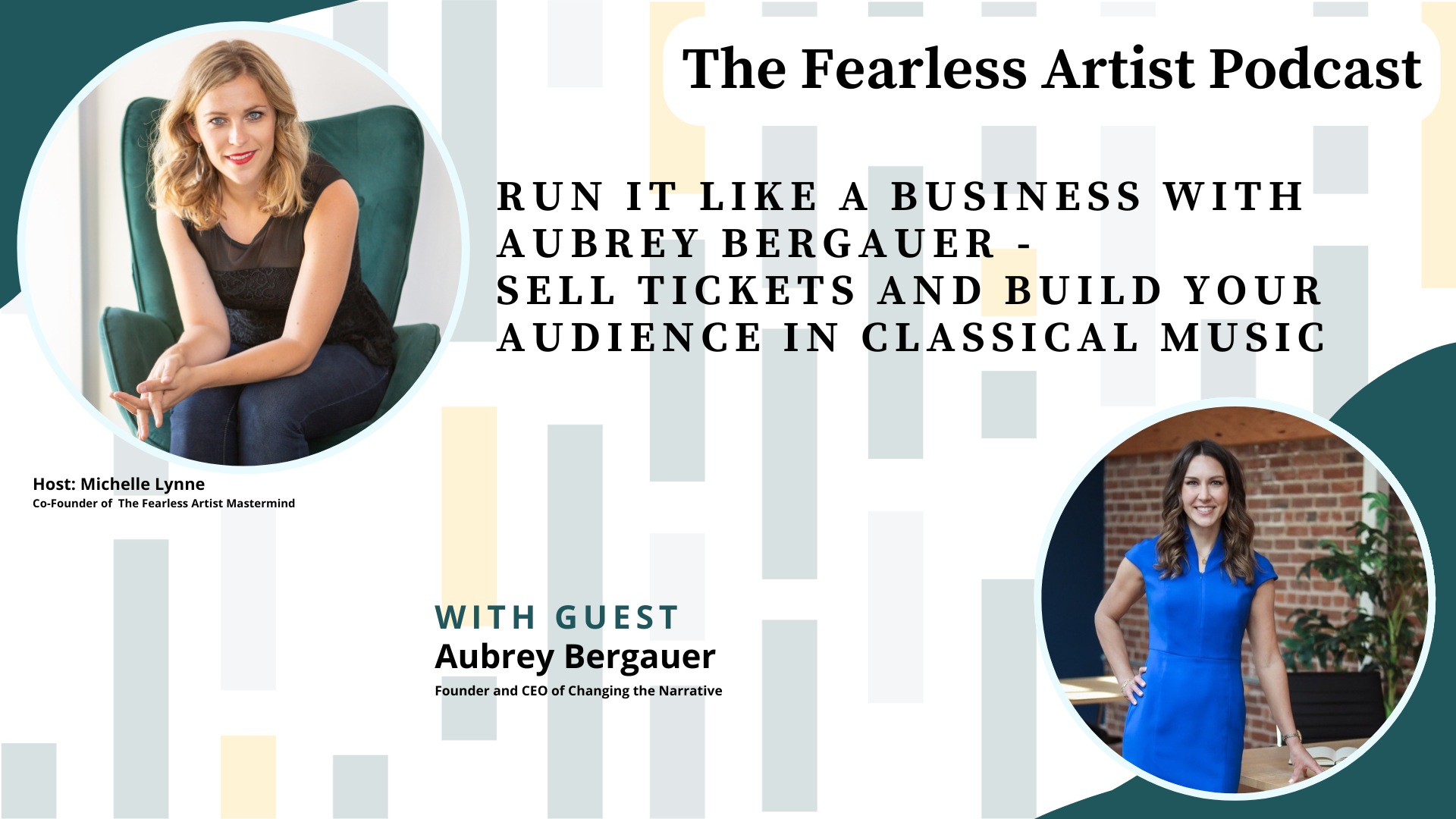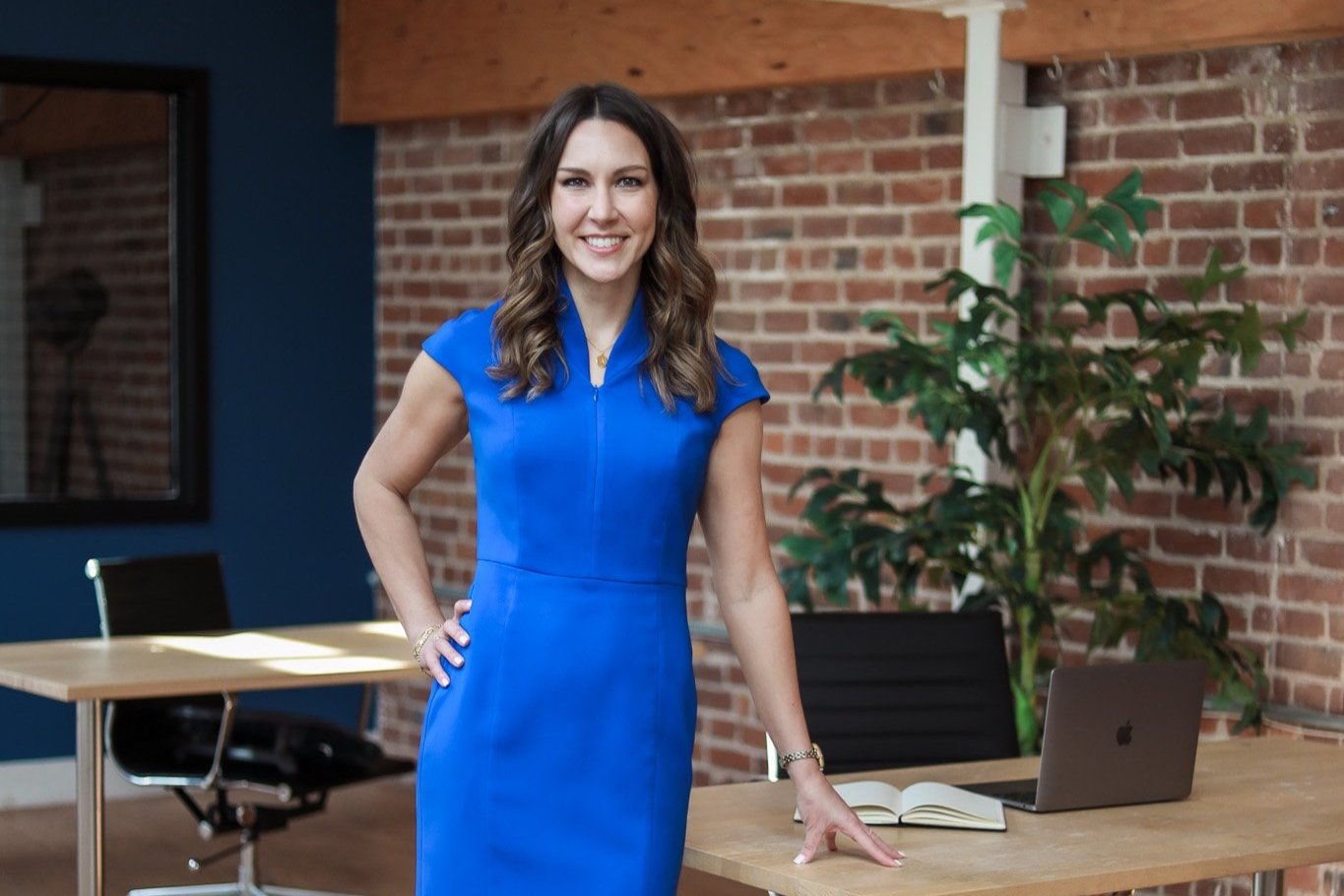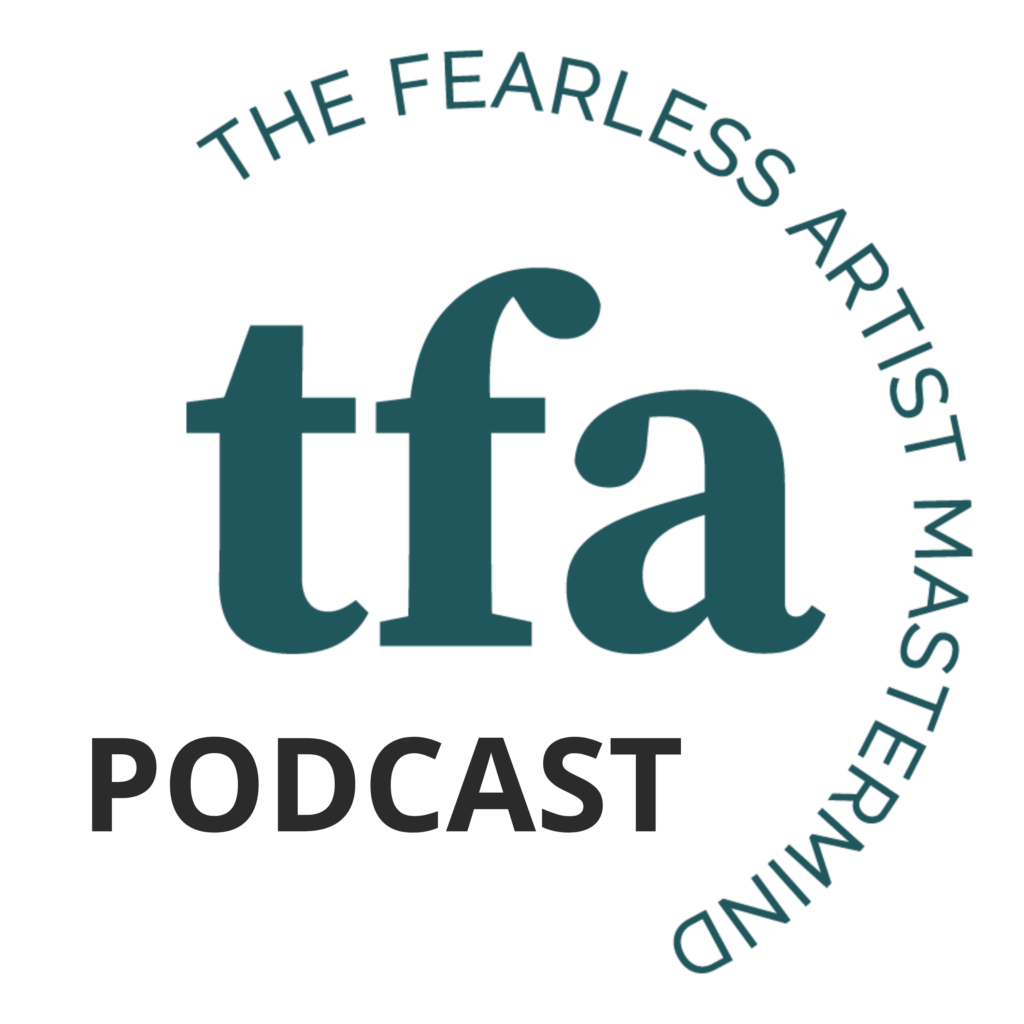Run it like a Business with Aubrey Bergauer – sell tickets and build your audience in classical music

Guest:
Aubrey Bergauer
Founder and CEO of Changing the Narrative
Aubrey Bergauer is a visionary leader known for revolutionizing the classical music landscape through innovative, results-driven strategies. Her tenure as chief executive of the California Symphony was marked by a doubling of audience size and a near quadrupling of the donor base, showcasing her exceptional ability to drive financial success, organizational growth, and galvanize stakeholders around a vision.
Her leadership experience spans esteemed institutions such as the Seattle Symphony, Seattle Opera, the San Francisco Conservatory of Music, and Bumbershoot Music & Arts Festival, the nation’s largest urban arts festival. Described as “the Steve Jobs of classical music” by the Observer and “the Sheryl Sandberg of the symphony” by the LA Review of Books, Bergauer has championed a customer-centric, data-informed approach that delivers transformative results for performing arts organizations.
Through her programs offered under the “Changing the Narrative” initiative, Bergauer has worked with and served hundreds of arts organizations with budgets ranging from startups to $300 million, helping them build audiences, increase revenue, and elevate their impact.
Her groundbreaking work has been featured in the Wall Street Journal, Entrepreneur, Inc, Thrive Global, and Southwest Airlines, International Arts Manager, and Symphony magazines.
Her debut book, Run It Like a Business, published in 2024, delivers actionable strategies for arts leaders looking to grow their audiences, remain relevant, and improve financial outcomes without compromising artistic excellence. With an unwavering commitment to innovation and results, Bergauer empowers organizations of all sizes to achieve transformative success—ensuring the performing arts thrive in a modern world.

Subscribe to The Fearless Artist Podcast
Intro/Outro music by Michelle Lynne • Episode produced by phMediaStudio, LLC
